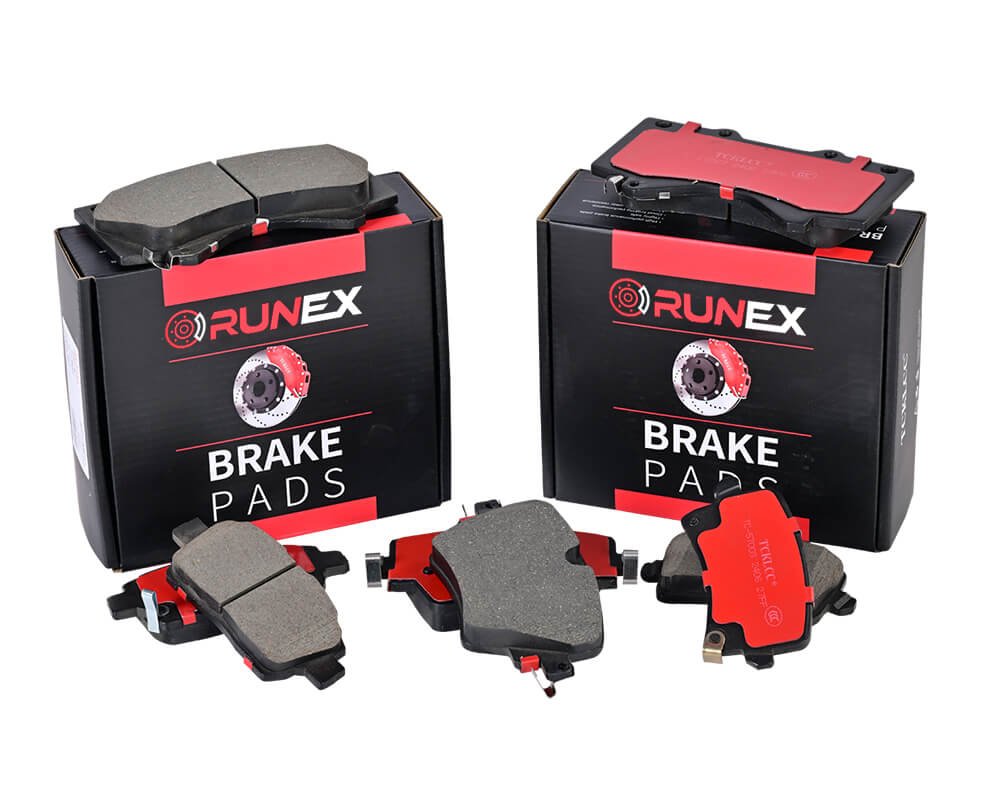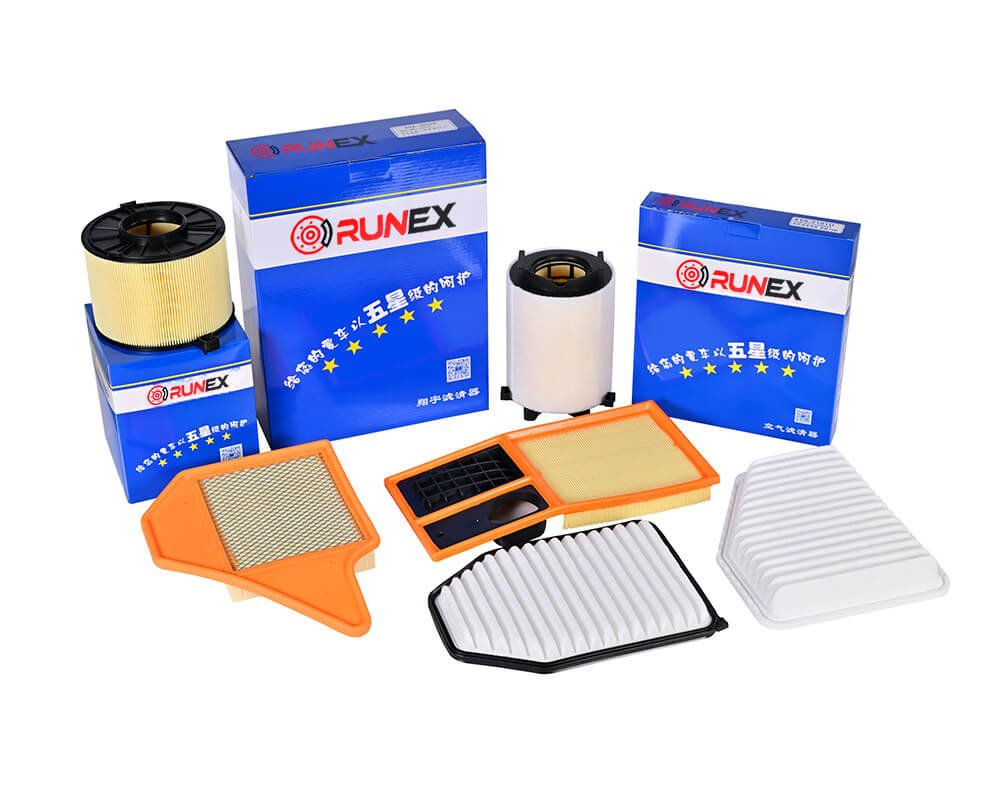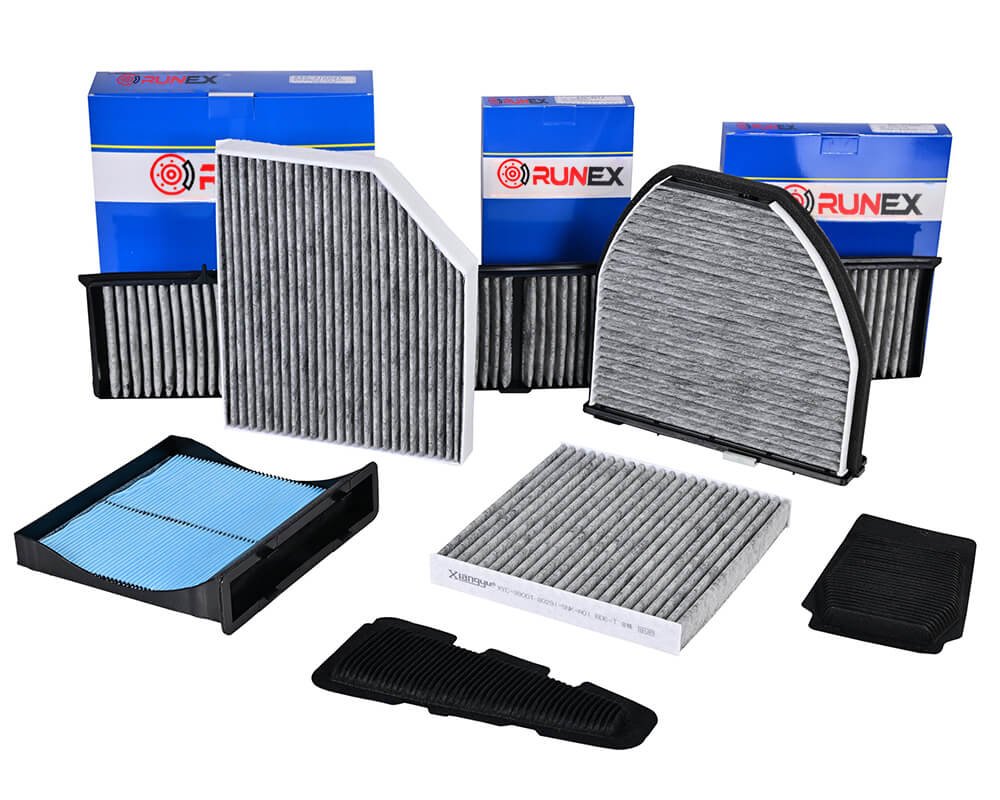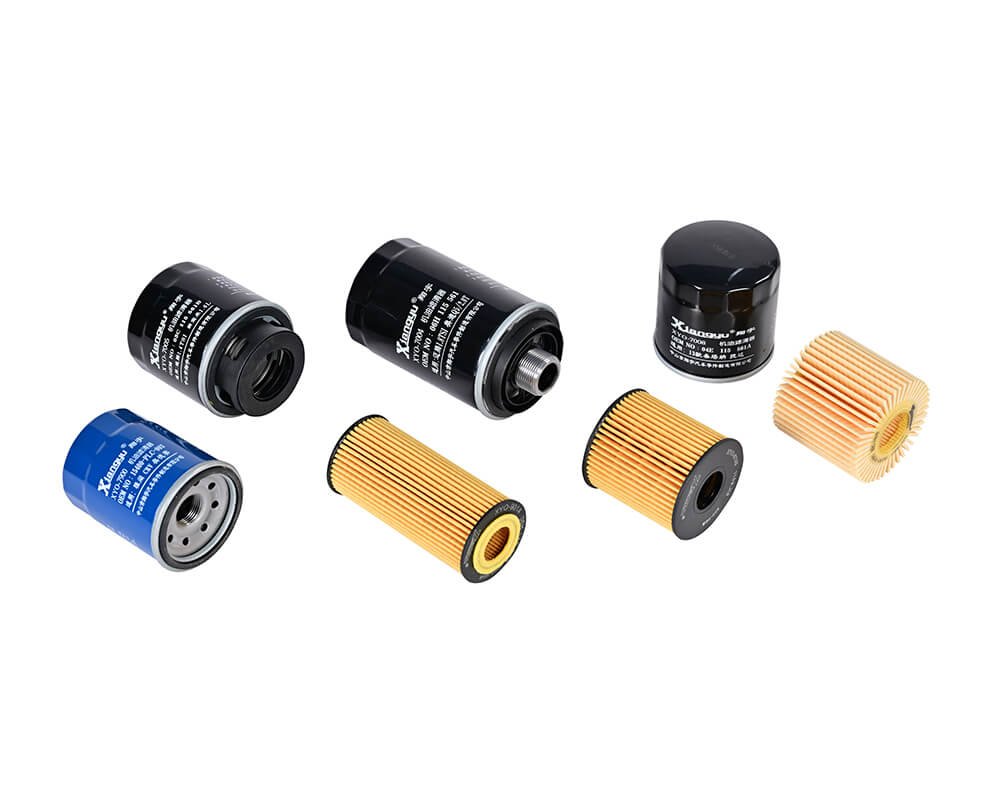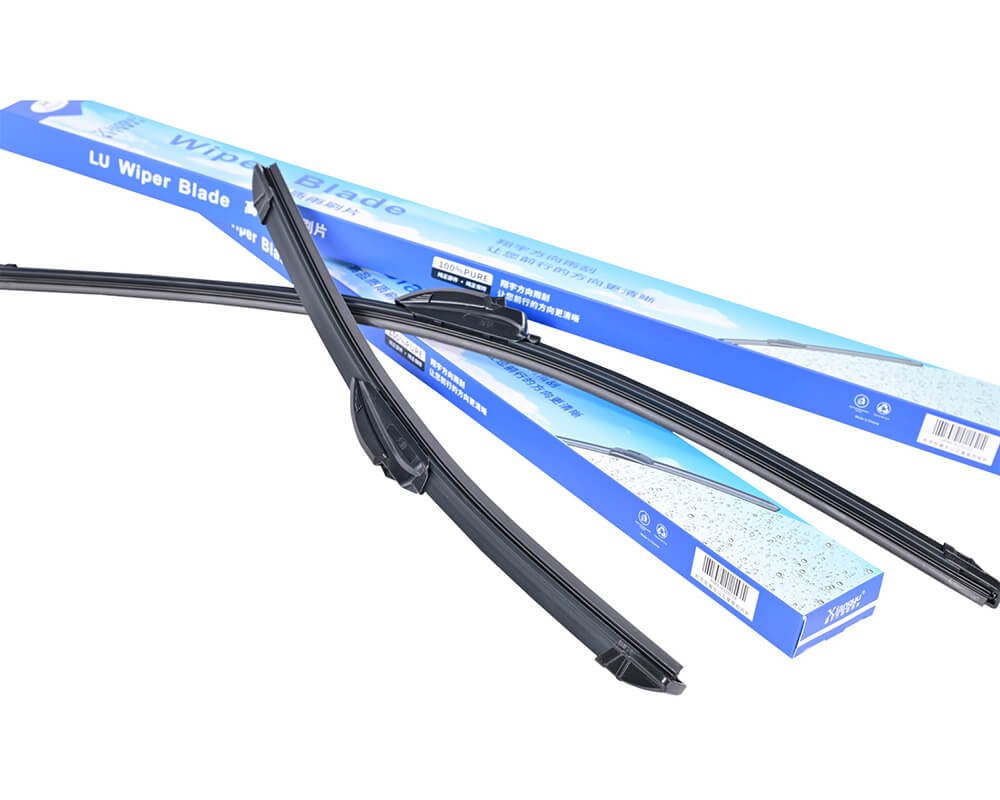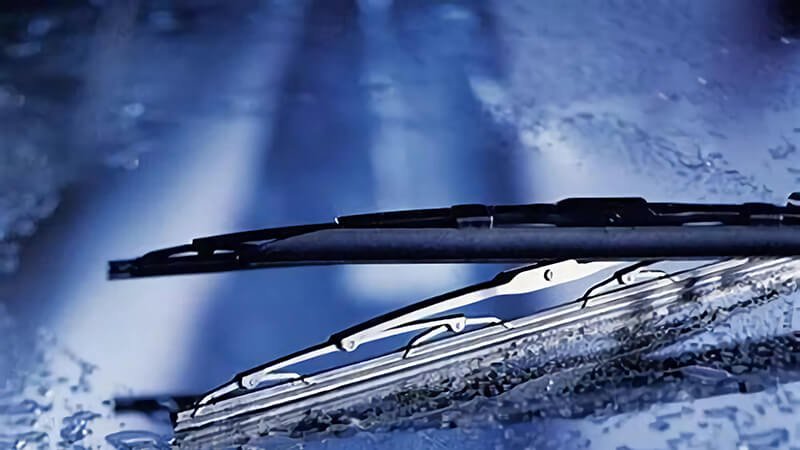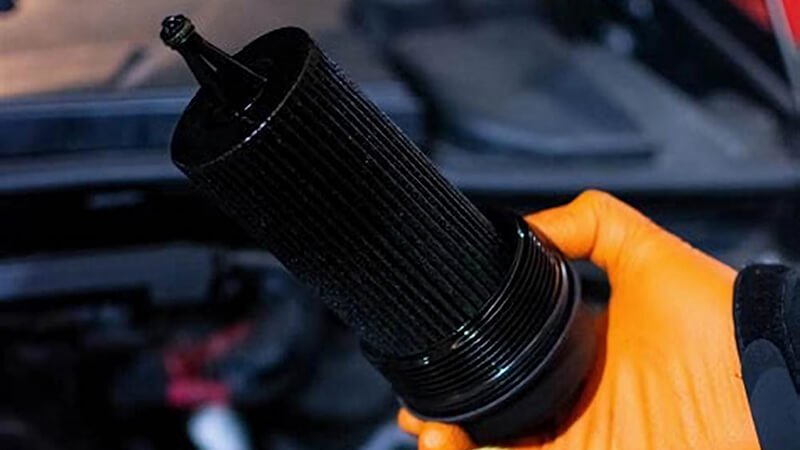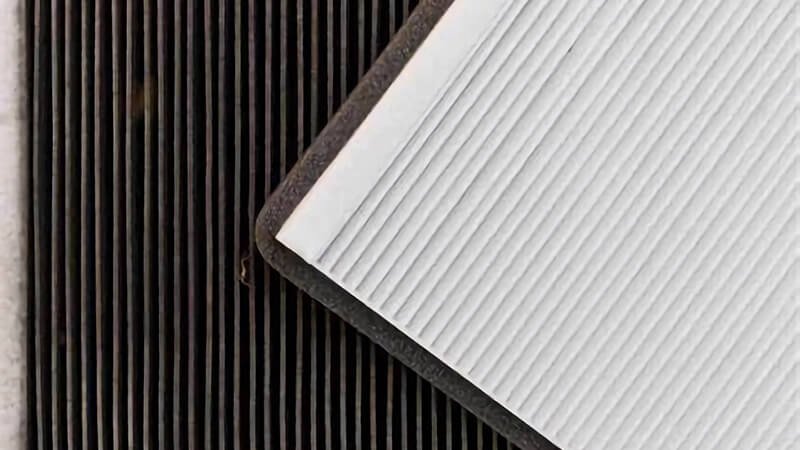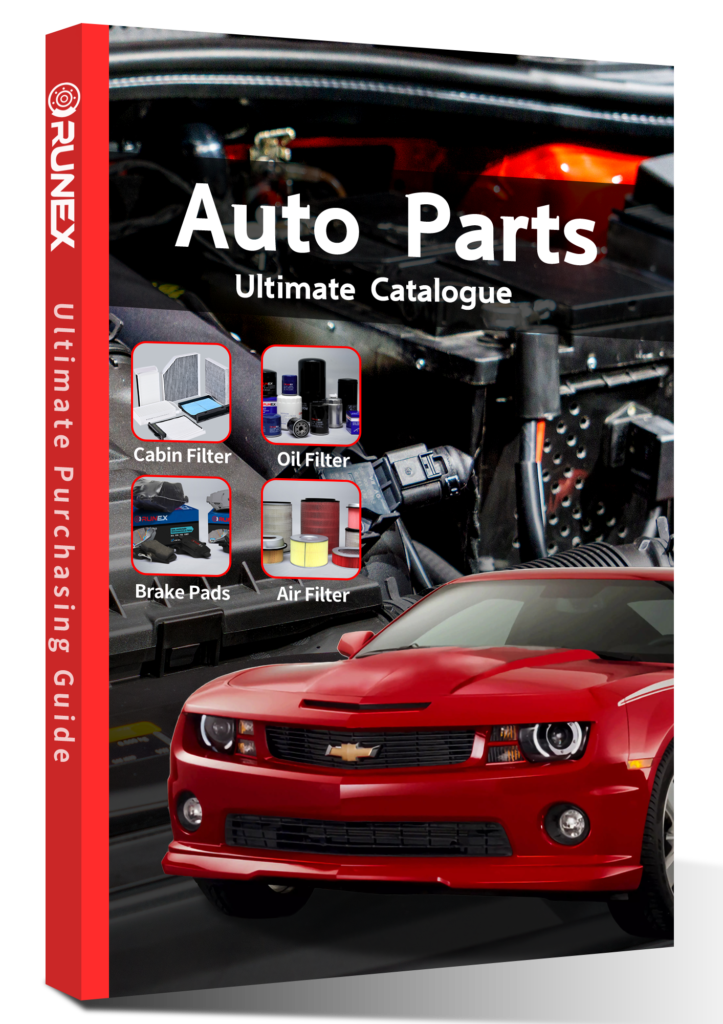Choosing the right windshield wiper blades is crucial for maintaining clear vision during wet conditions. With various types available, it’s important to find the right fit for your vehicle and driving conditions.
Windshield wiper blades are essential for safety, and picking the right one depends on your vehicle, climate, and budget. There are several types, including conventional, beam, and hybrid blades, each suited to different driving needs.
In this article, we’ll dive into the different types of wiper blades available, explore the benefits of each, and help you make an informed decision that will ensure your wipers perform at their best.

How do I know what kind of wiper blades I need?
Not sure which wiper blades are right for your car? There are a few easy steps to determine the correct type for your vehicle, ensuring your wipers work efficiently in all weather conditions.
To choose the right wiper blades, you need to know your vehicle's specifications. This includes the make, model, and the size of the blades required. Your local auto store or online retailer can often help match the right blades for your car.
Vehicle Specifications
The first step in choosing the right wiper blades is understanding your vehicle's needs. Manufacturers often recommend specific blade sizes and types for each make and model. You can usually find this information in your vehicle's manual or by searching online for your car's details. Many websites offer wiper blade guides1 that allow you to input your car's model and year to get the exact size needed.
| Car Model | Recommended Wiper Blade Size | Type |
|---|---|---|
| Toyota Camry | 24" Driver, 18" Passenger | Beam |
| Honda Civic | 22" Driver, 22" Passenger | Conventional |
| Ford F-150 | 20" Driver, 20" Passenger | Hybrid |
The correct size ensures the wipers fit properly, making sure they clear your windshield effectively. If the wiper blades are too large or small, they may not function optimally, causing streaks or areas that aren't cleaned.
Climate Considerations
The climate where you live plays a key role in deciding the right wiper blades. For instance, if you live in an area with harsh winters, you might need heavy-duty blades2 designed to handle snow and ice. In warmer climates, standard wiper blades may suffice, but look for those that are resistant to UV damage. Checking the typical weather conditions in your area can guide you in selecting the ideal blades for year-round use.
- Cold Climates: Look for blades with a rubber boot that protects the frame from snow and ice buildup. Beam or hybrid blades work best.
- Hot Climates: Silicone wiper blades can handle the UV rays better, lasting longer and performing consistently.
- Rainy Climates: A high-performance beam blade3 is often the best choice to ensure optimal water removal.
Personal Preferences
Another factor is your driving habits. If you drive in areas with frequent rain, you may need high-performance blades that offer superior clearing power. On the other hand, if you mostly drive in dry conditions, basic blades might be enough. Considering how often you drive in rainy conditions and whether you want blades with long-lasting performance will help you narrow down your choices.
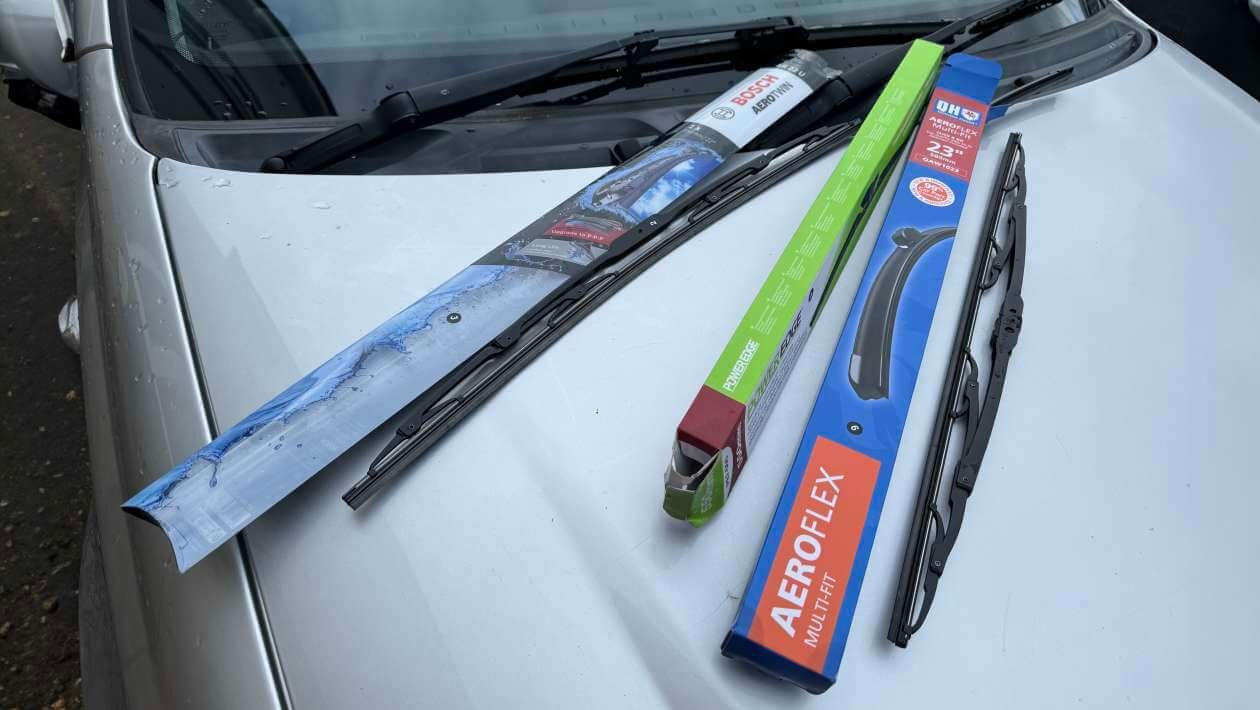
What are the three types of wiper blades?
There are three main types of windshield wiper blades: conventional, beam, and hybrid. Each type has its own advantages depending on the driving conditions and the vehicle it’s used on.
The three main types of wiper blades are conventional, beam, and hybrid. Conventional blades are the most common, while beam and hybrid blades offer more advanced technology, designed for better performance in specific weather conditions.
Conventional Wiper Blades
Conventional wiper blades4 are the traditional design that uses a metal frame with a rubber blade. These are the most affordable option and work well in most standard driving conditions. They tend to perform well in light rain but may not be as effective in extreme weather like heavy snow or ice. One downside is that they are more likely to wear out quicker than newer designs, especially when exposed to extreme temperatures. Conventional blades may also cause more wind lift, reducing their efficiency at high speeds.
| Advantages | Disadvantages |
|---|---|
| Affordable | Wear out faster |
| Widely available | Poor performance in extreme weather |
| Simple design | Not as aerodynamic as other types |
Beam Wiper Blades
Beam wiper blades5 are a more modern design that eliminates the metal frame and uses a single, flexible beam to hold the wiper blade in place. This design is more aerodynamic, which reduces drag and makes them better suited for high-speed driving. Beam blades are also better at withstanding heavy rain, snow, and ice because they maintain consistent pressure along the entire length of the blade. They’re also quieter than conventional blades and typically last longer.
| Advantages | Disadvantages |
|---|---|
| Great in harsh weather | More expensive |
| Quiet and efficient | Limited availability in certain sizes |
| Long-lasting | Can be stiffer than conventional blades |
Hybrid Wiper Blades
Hybrid wiper blades6 combine the best features of conventional and beam blades. They feature a flexible beam design with a protective cover, offering the performance benefits of a beam blade while maintaining the structure of a traditional frame. Hybrid blades offer superior performance in harsh weather conditions and are less prone to freezing in cold climates. They are ideal for people who want the durability of beam blades with the classic look of conventional ones.
| Advantages | Disadvantages |
|---|---|
| Superior in snow/ice | Higher cost |
| Great all-weather performance | Can be harder to find in some sizes |
| Reduced wind lift | Slightly noisier than beam blades |
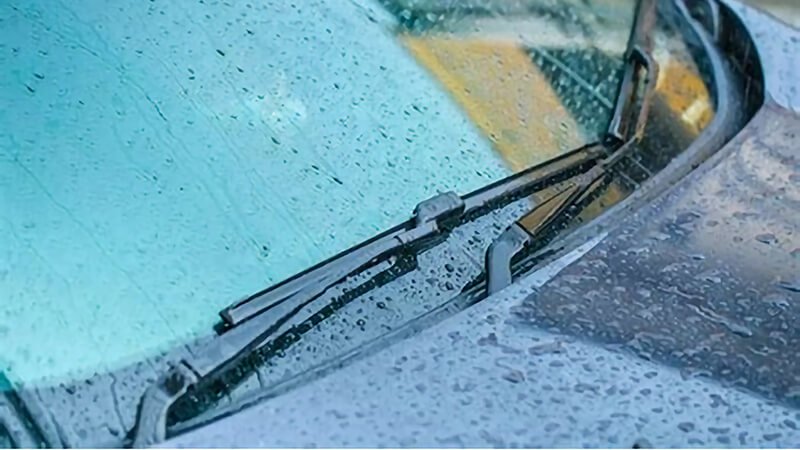
Which is better, rubber or silicone wiper blades?
When deciding between rubber and silicone wiper blades, it’s essential to understand their differences. Each material offers unique benefits depending on the climate and how long you want your wipers to last.
Silicone wiper blades are known for their durability and ability to withstand harsh weather conditions better than rubber blades. Rubber, however, remains a more affordable option, making it a popular choice for many drivers.
Rubber Wiper Blades
Rubber wiper blades7 are the most common and the least expensive option. They work well in everyday conditions and are widely available. However, rubber blades tend to wear out faster than silicone blades and are more prone to cracking under extreme weather conditions, especially UV damage8 from the sun. They are a good choice for those on a budget, and for cars that don't face harsh weather extremes. However, rubber blades need more frequent replacement, especially in places with high UV exposure or cold winters.
| Advantages | Disadvantages |
|---|---|
| Inexpensive | Susceptible to cracking in extreme weather |
| Good for light use | Shorter lifespan |
| Easy to replace | Can streak in rainy conditions |
Silicone Wiper Blades
Silicone wiper blades9 are a more durable option that provides longer-lasting performance, especially in extreme temperatures. Unlike rubber, silicone doesn’t degrade as quickly when exposed to sunlight, making it ideal for hot, sunny climates. They also tend to leave less streaking and can resist snow and ice buildup better. Though they are more expensive, the added durability and performance can make them worth the investment, particularly for drivers in harsher climates or those seeking high-performance wipers.
| Advantages | Disadvantages |
|---|---|
| Longer-lasting | Higher cost |
| Better at resisting UV damage | Limited availability in all sizes |
| Perform well in harsh weather | Can be noisier in extreme cold |

Does it matter what wiper blades I use?
Yes, the type of wiper blades you use can significantly affect your visibility and overall safety while driving. Choosing the right wiper blades ensures you have a clear view during bad weather, which is crucial for road safety.
While you can technically use any wiper blades on your vehicle, choosing the right ones is essential for safety. Wiper blades designed for your vehicle and driving conditions will perform better and last longer, making them worth the investment.
Safety and Visibility
Windshield wipers are an essential part of vehicle safety. The primary purpose of wiper blades10 is to ensure clear visibility during rain, snow, or other adverse weather conditions. Using the wrong type of wiper blades could lead to poor performance, streaks, or even missed spots, which can impair your visibility. This could be dangerous, especially during heavy rain or snow when clear vision is critical. Inaccurate or low-quality blades can lead to reduced driving safety11, especially at night or in foggy conditions.
Durability and Performance
Using the correct wiper blades for your vehicle type and driving conditions will not only improve performance but also increase the lifespan of the blades. Choosing high-quality blades12 designed for your specific climate and driving style can save you money in the long run by reducing the need for frequent replacements. Also, investing in better-performing blades can save you the hassle of dealing with wiper failures in the middle of a storm.
| Performance Factor | Rubber Blades | Silicone Blades | Beam Blades |
|---|---|---|---|
| Durability | Low | High | Moderate |
| Streak Resistance | Moderate | High | High |
| Cost | Low | High | Moderate |
Choosing the right wiper blades, while seemingly simple, is crucial to maintaining your vehicle’s safety and functionality. Whether you opt for conventional, beam, or hybrid blades, and whether you go for rubber or silicone materials, it’s important to match the blade to your needs and driving conditions.
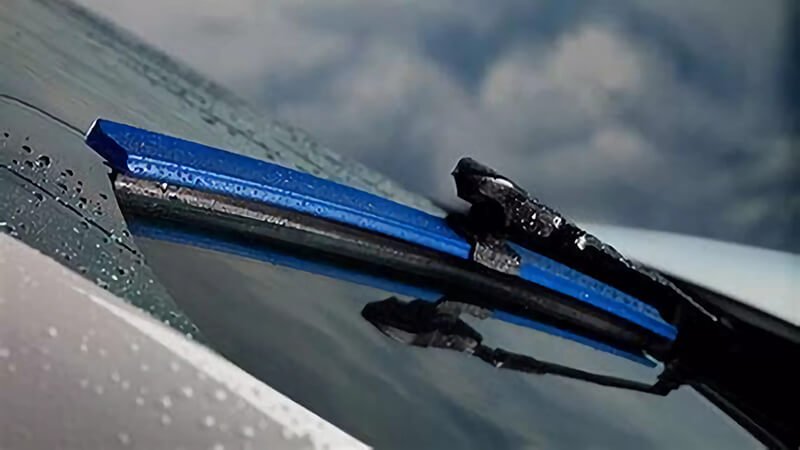
Conclusion
The right windshield wiper blades are essential for clear visibility and road safety, especially during adverse weather. Whether you choose conventional, beam, or hybrid blades, or rubber versus silicone, the key is to select what best fits your climate, driving habits, and budget. With the proper care and maintenance, your wiper blades will ensure a safer, more comfortable driving experience.
If you are looking OEM Wipers13, do not hesitate to reach out to us,
-
Explore this link to find comprehensive wiper blade guides tailored to your specific car model, ensuring optimal performance and safety. ↩
-
Learn about heavy-duty wiper blades designed for harsh winter conditions, ensuring your visibility and safety during snow and ice. ↩
-
Discover the advantages of high-performance beam blades for superior water removal, perfect for rainy climates and enhanced visibility. ↩
-
Explore this link to understand the benefits and limitations of Conventional wiper blades for your vehicle. ↩
-
Discover why Beam wiper blades are preferred for high-speed driving and harsh weather conditions. ↩
-
Learn about the unique features of Hybrid wiper blades that combine the best of both worlds for optimal performance. ↩
-
Explore this link to understand the benefits and drawbacks of rubber wiper blades for your vehicle. ↩
-
Learn about the impact of UV damage on wiper blades and how to choose the right type for your climate. ↩
-
Discover why silicone wiper blades might be the better choice for durability and performance in extreme weather. ↩
-
Explore this link to discover top-rated wiper blades that enhance safety and visibility during adverse weather conditions. ↩
-
Understanding the impact of wiper blades on driving safety can help you make informed choices for your vehicle. ↩
-
Learn why investing in high-quality wiper blades can save you money and improve your driving experience. ↩
-
Come to reach out to us about knowing more details about OEM wipers from Runex Auto. ↩



